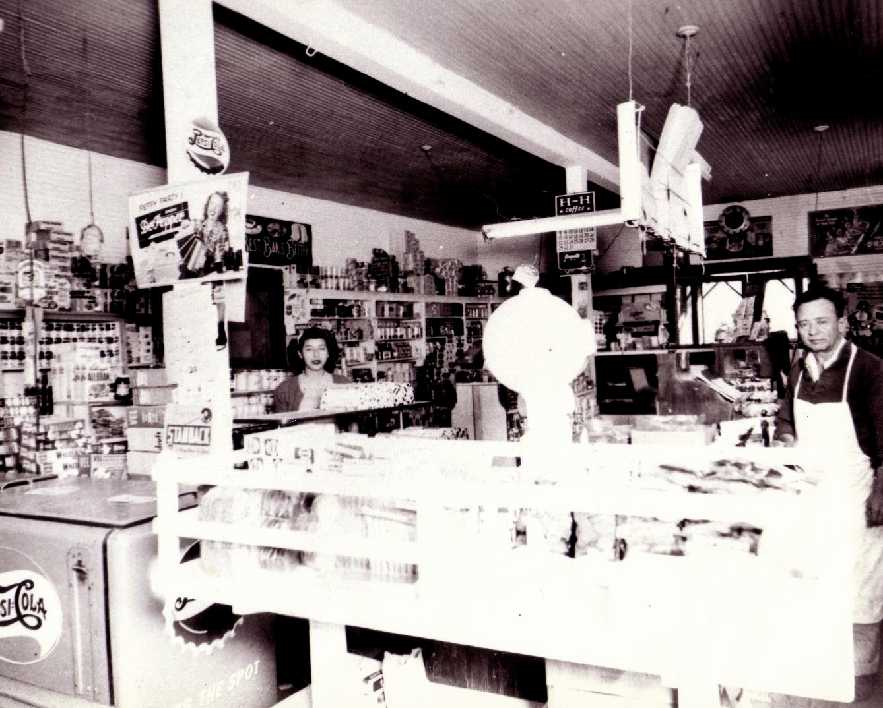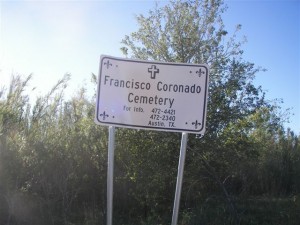Growing up in a Mexican-American family, I have been immersed in our cultural traditions such as visiting panaderías to buy sweet bread and building alters for Día de Los Muertos. I always wondered why my family left Mexico to come to America to be sharecroppers, and why they eventually settled in San Antonio. My great-great-grandfather, Francisco Coronado, was born on August 4th, 1863, in Conception Del Oro, Mexico. His parents passed away when he was young, around age 12 or 13. He then decided to move to Texas to become a sharecropper on German-owned land. He settled in Neiderwald, Texas, which is a small farming town located on the outskirts of modern day Austin. He worked on a cotton farm, and married Margarita Leija Lopez, who was also born in Mexico in San Luis Portosi. Together they had six children and raised them in Neiderwald on the cotton plantation.
One day in 1908, Francisco was gathering harvest and had two men helping him. He suspected they had bad intentions and were after his money, and so he gave the proceeds of the day’s sale and a loaded shotgun to his eldest son, Aniceto, before going back to the fields. He informed Aniceto of his suspicions and instructed him to shoot at the men if they returned without him. Sure enough, when they arrived in a remote area of the fields, the men demanded Francisco give them his money and stabbed and murdered him when he refused. When the thieves returned without Francisco, Aniceto opened fire on them. Hearing the gunshots, the Germans that owned the land came to see what was going on and captured one of the thieves. There is a cemetery near San Marcos, Texas that bears Francisco’s name and remains there today.
After Francisco’s death, Margarita realized that none of the children wanted to continue farming and moved the family to San Marcos, Texas, where they made a living selling sandwiches to passing soldiers at a railroad station and teaching newly arrived Mexicans how to adjust to living in the United States. Margarita’s daughter, Theodosia, married and had 5 children but died shortly after giving birth. Margarita then raised her and Theodosia’s 10 children by herself at a time when there was no welfare or government assistance. Many of her sons served in the army in WWII and the Korean War. Her daughter Jacinta, my great-grandmother (pictured below), attended Catholic school and met her husband, Salvador Salas, at a dance.
They married and moved to San Antonio, working as grocery store owners in the West Side neighborhood (pictured below) . They had four children, including my grandfather, Raul Salas. Their marriage did not last, but Salvador lived until he was 102 years old and worked running a corner grocery store until the day he died. Jacinta also stayed active in her elder years, visiting grandchildren and great-grandchildren, and passed away in 2003, just a few months short of her 100th birthday. Although she died when I was young, a memory I have of her was when she visited my grandmother’s house when I was five years old and brought pan de huevo, a traditional Mexican sweet bread, with her. Since then it has been one of my favorite Mexican foods and favorite way of celebrating my Mexican heritage my family has exposed me to.


![photo[1] (2)](http://uagenealogies.as.ua.edu/wp-content/uploads/2014/11/photo1-2-e1415406599198-224x300.jpg)
![1944 Salas grocery[1]](http://uagenealogies.as.ua.edu/wp-content/uploads/2014/11/1944-Salas-grocery1-300x240.jpg)